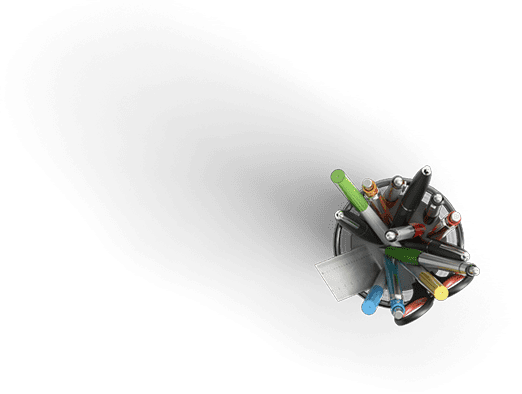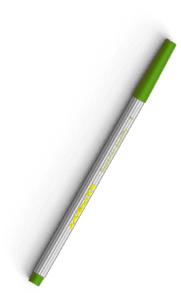WK 4 Discussions
Description
1. You should have completed your learning style inventoryLinks to an external site. during week 1. Now complete the teaching style inventory Links to an external site.. How does your learning style compare to your teaching style? What’s Your Learning Style? The Results
Learning style: your Scores:
Auditory: 30%
Visual: 50%
Tactile: 20%
You are a Visual learner! Check out the information below, or view all of the learning styles.
Visual
If you are a visual learner, you learn by reading or seeing pictures. You understand and remember things by sight. You can picture what you are learning in your head, and you learn best by using methods that are primarily visual. You like to see what you are learning.
As a visual learner, you are usually neat and clean. You often close your eyes to visualize or remember something, and you will find something to watch if you become bored. You may have difficulty with spoken directions and may be easily distracted by sounds. You are attracted to color and to spoken language (like stories) that is rich in imagery.
Here are some things that visual learners like you can do to learn better:
Sit near the front of the classroom. (It won’t mean you’re the teacher’s pet!)
Have your eyesight checked on a regular basis.
Use flashcards to learn new words.
Try to visualize things that you hear or things that are read to you.
Write down key words, ideas, or instructions.
Draw pictures to help explain new concepts and then explain the pictures.
- Color code things.
- Avoid distractions during study times.
- Remember that you need to see things, not just hear things, to learn well.
Teaching style: Reformed/student-centered (Survey score: >19; RTOP score 60-100)
Dr. Gandalf uses the instructional period in a manner that maximizes student interactions with the instructor and with one another. Instruction typically revolves around a discipline-based problem, building on prior knowledge and using sophisticated means or representations of abstract data (equations, cross sections, different plots). Students make and test predictions, influencing the focus of class, and commonly give individual or group presentations. Most or all of the student voices are heard with discussion at multiple levels (small groups and/or class wide) and there are ample opportunities for reflection.
Highlights:
Student activities typically dominate the class time.
Student activities commonly involve jigsaw or role-playing to explore topics.
Student voices generally influence the directions of discussions and activities.
There is an exploration of divergent questions and views.
A positive learning environment is evident from deep, meaningful student conversations, supported by a patient, listening teacher.
Based on your placement in the above vignettes, find out how to increase the student-centered nature of your classroom.

Have a similar assignment? "Place an order for your assignment and have exceptional work written by our team of experts, guaranteeing you A results."








